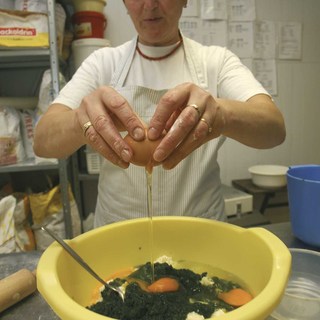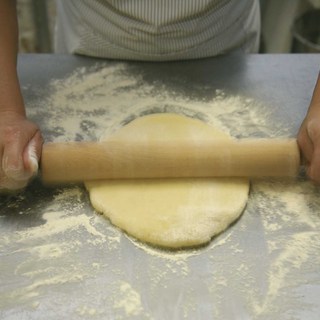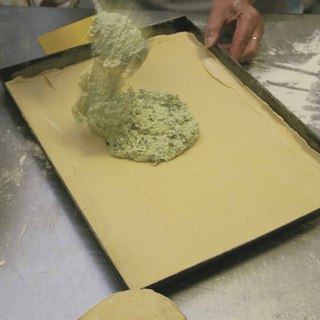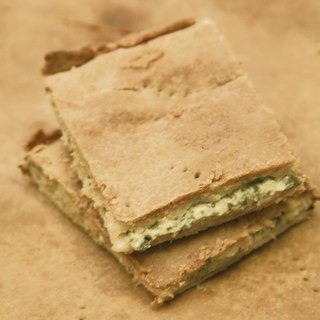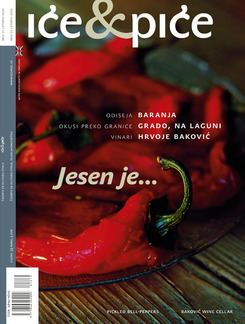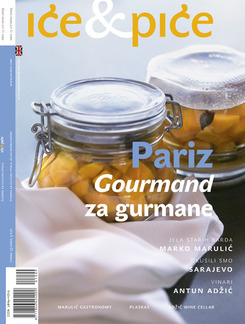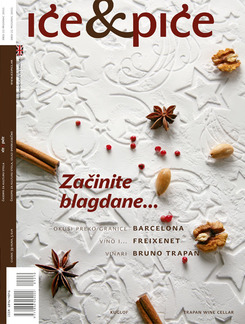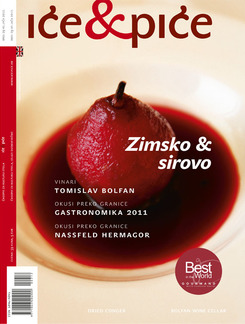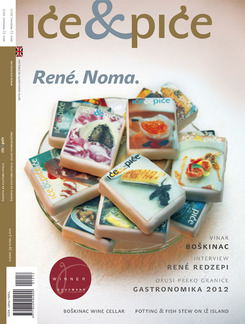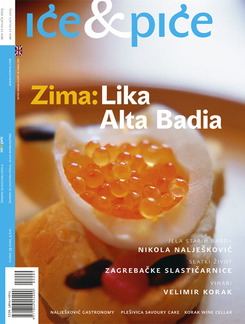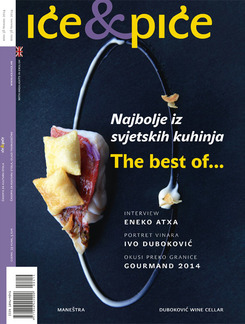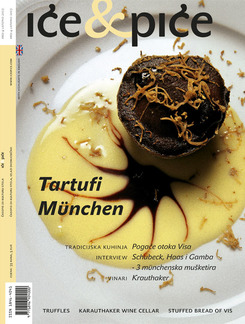A long, long time ago, while filming a programme at a celebrated Samobor restaurant Pri staroj vuri (At the Old Clock), I noticed a wooden panel hanging on the wall, proclaiming a recipe for rudarska greblica. Thus, along with their other local specialties – such as bermet and muštarda, local salami and celebrated custard slices – the self-conscious residents of Samobor did not miss a chance to take pride in a specialty originating from their first neighbours, living squeezed within the valley of the river Gradna, frequent targets of jokes due to their reputation of being extremely reserved people.
If you should continue on your way past Samobor, turn left at the foot of the old castle, then proceed past St. Michael’s chapel and a centuries-old beach at the former rectory grounds, presently owned by Mrs Marijana, then keep going past Rudarska Draga, and you will arrive in Rude. Dating from 15th century, this village surrounded by hills and mountains such as Oštrc, Plešivica, Črnec, Veliki Dol and Palačnik was originally known as Rovi, to be given a new name – Rude – due to the opening of an ore mine. Ore was excavated there until 1950’s; at first it was copper ore, followed by iron ore and eventually alabaster. Jobs in the mine attracted settlers from Slovenia, Austria, Germany, Italy and Bosnia. Local surnames still bear witness to those migrations – Fresl, Nikl, Štengl, Lehpamer, Hofer, Skendrović…
Regardless of the jokes, the locals of Samobor still enjoy preening about rudarska greblica, claiming that this rich full-meal pie has actually originated in their home town. Their fellow citizen Milan Lang described it in his 1915 book, named simply Samobor, as a “slender pie, which can be coarse (made from corn meal), or fine (made from white, or wheat meal)”. It is made by rolling out dough, then stuffing it with “cheese, mixed with a few eggs, some chopped spinach fried on lard and a bit of sour cream, then left to bake on hot bricks in the oven. The slender pie is made with cheese and walnuts”. Yet, there is another specialty from Samobor, much tastier and more expensive – zelenjača (the green pie).
“This is how it is made: make dough by mixing some white flour with eggs, a pinch of salt, some sour cream, some plain or rendered butter, or a half amount of each; cut the dough into smaller pieces, then form them into small buns. Each bun is rolled out thinly, but one half should be thicker than the other. Stuffing is made from cheese and spinach. Eggs and sour cream are added to cheese, then mixed thoroughly. There should be somewhat less spinach than cheese. Spinach is cleaned, chopped, then fried on some plain and rendered butter, then finally mixed into the cheese. Now some melted butter is poured over the rolled out dough, the stuffing is spread over the thicker half, with a few more small chunks of butter tossed on top of it, then it is covered with the thinner half of the dough; it is pressed and folded over, top side is brushed with beaten egg and the dish is ready for the oven. It is to be baked for a quarter of hour, then taken out, brushed with melted butter, cut into pieces and quickly taken to the table. As many buns there were, that many pieces of pie there are now, and each is called a greblica…”
In spite of all that – and I haven’t managed to find a satisfactory explanation in any dictionaries or contemporary sources – rudarska greblica remains a miners’ dish, as it was customarily taken down into the shafts by miners (“rudari” in Croatian). It was a dish that truly encompassed everything that people lived on in their narrow valley – ore mining, farming, cattle raising, wine growing. As of lately, a gastro-tourist manifestation has been taking place, named the Festival of Rudarska Greblica, supported by an increasing number of local catering establishments. Even some bakeries in Zagreb have been named after this dish.
There are numerous recipes, more or less lavish, yet the Miners have publicized that “to make greblica, the following ingredients are required: for the dough – 500 g of flour, 150 ml of sour cream, 2 spoonfuls of oil, 50 ml of warm water and a teaspoonful of salt; for the stuffing – a half of fresh cow’s milk cheese, 1 egg, 5 dag of grated walnuts (alternately, spinach or Swiss chard) and a pinch of salt”. The rest is easy, they say, as one should simply mix the dough and roll it out to the size of the baking tin or as it is found convenient; stuffing should be spread over one half of the dough, then covered with the other half. Bake it for 20-25 minutes at 200 degrees Celsius. When done, brush it with melted butter, margarine or sour cream, then slice into sizeable pieces.
It should be mentioned that rudarska greblica is not only related to the now forgotten Samobor zelenjača, but also to the much more famous Dalmatian soparnik or soparnjak, as well as to the globally popular folded Italian pizza calzone. Along with three other varieties of cheese pie, plešivički copanjek, prigorska perica and vrbovečka pera – it completes a splendid quartet that stands out as a trademark among other local dishes of the Zagreb county. They can be enjoyed as appetizers, desserts or small stand-alone meals, yet in any case – they demand to be washed down with some good, light white wine.
